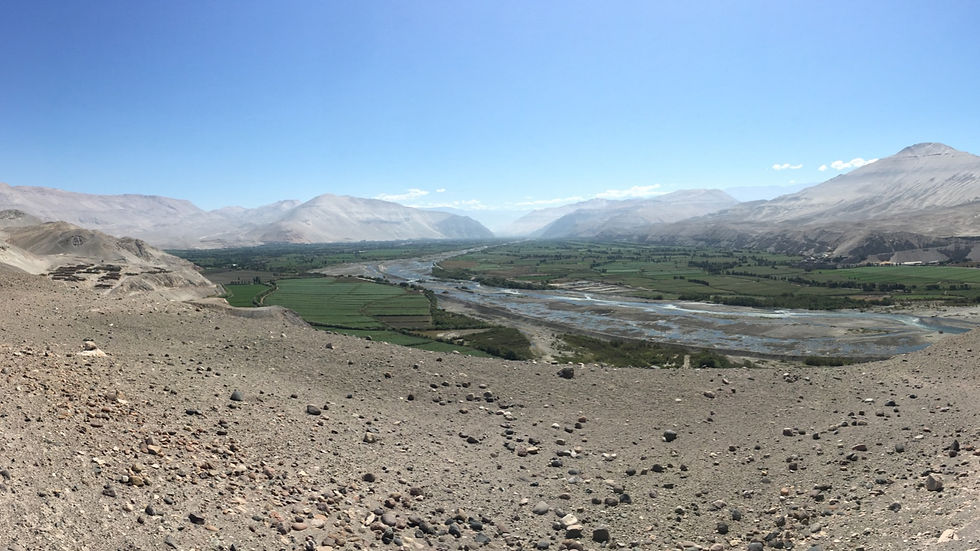
General information




The Toro Muerto archaeological site – one of the largest assemblages of rock art in the world – is located in the central part of the Majes River valley in the district of Uraca-Corire (Castilla Province, Dept. of Arequipa) on the southern coast of Peru. Situated some 4 km from the river as the crow flies, it lies in a small desert valley west of the foothills of the Andes, between 400 and 1,500 m above sea level. The site contains thousands of blocks of volcanic stone of varying sizes. Many of them are decorated with petroglyphs (rock carvings) created by representatives of several local cultures who, over many centuries (probably from the beginning of the common era until the time of the Incas), came to this unique site to participate in ceremonies.

Among the stones covered with petroglyphs are both small blocks decorated only with single engravings and large boulders weighing many tonnes, with all of their surface covered with various motifs: geometric (straight lines, zigzags, zigzags with dots, meanders and others), zoomorphic (figures of Andean camelids, felines, snakes and many species of birds) and anthropomorphic (including characteristic representations of the so-called 'dancers' – 'danzantes'). The largest decorated panels are several square meters each and include dozens of different representations.

